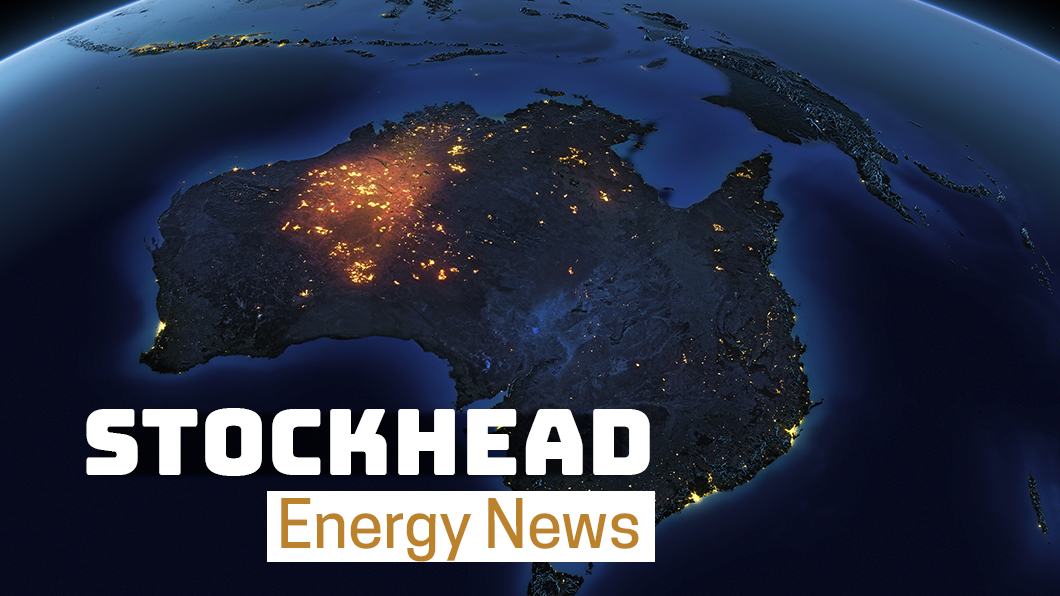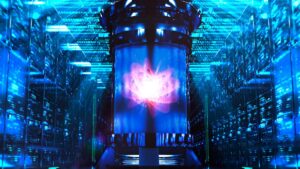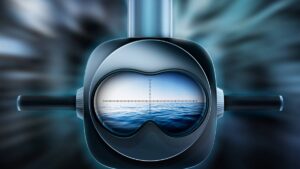Oklo wants to recycle nuclear waste to power tiny reactors

Pic: Matthias Kulka / The Image Bank via Getty Images
California start-up Oklo has its sights set on using nuclear waste to power its Aurora advanced fission plant, which uses a compact fast reactor to generate around 1.5 MW of electric power.
The microreactor has the capability to turn nuclear waste into clean energy and can produce clean energy for decades without needing to refuel.
It’s also small enough that it can be used in remote or off-grid locations to generate both process heat and electricity – which would allow users to tailor their electricity and energy demands.
Plus, it could save around 1 million tonnes of carbon emissions while operational, could take less than a year to build and comes in a cute A-frame shape.
The company is aiming to develop a commercial unit and has already received a site use permit from the U.S. Department of Energy (DOE) to build and demonstrate the Aurora technology at Idaho National Laboratory (INL).
Commercialising nuclear waste
The company is partnering with the DOE and Argonne National Laboratory (ANL) to commercialise its advanced fuel recycling capabilities via electrorefining technology.
Basically, the idea is that the technology will help reduce fuel costs for advanced reactor designs while reducing waste by turning used fuel into advanced reactor fuel.
This project will be helped along by a recent $2 million cost-share award from the DOE, supported by the Technology Commercialization Fund (TCF) – which Oklo will match with $1 million.
The Oklo, co-founder and CEO Jacob DeWitte said the public-private partnership will mean more commercial opportunities to convert the country’s used fuel into clean energy.
“The award showcases the DOE’s priority to support the private sector in bringing next-generation fission to market,” he said.
The company has grand plans to develop Aurora to provide emission-free, reliable, and affordable energy using advanced fission, but before the plant can be built
The next step before the Aurora plant is built will be an Environmental Impact Statement, with the company targeting a commercial unit in the early 2020’s.
Waste material for clean energy
Without going to deep down the fission rabbit hole, think of a nuclear reactor like a kettle – the atoms are split to heat water into steam and the steam turns a turbine to generate electricity.
When the atoms are split, the smaller nuclei rush around the place and thermal reactors contain a moderator (water) to slow them down.
But with a fast reactor there is no moderator, and while this means they burn more fuel, they are actually more efficient with the fuel they use – and can also burn long-lived actinides which are recovered from used fuel out of ordinary reactors.
And Oklo is confident the tremendous energy reserves in used fuel can help provide clean power to the world.
“We are proud to be selected to accelerate the commercialisation of advanced fuel recycling and development and bring clean power to market quickly and cost-effectively,” the other half of Oklo co-founder and COO Caroline Cochran said.
“When your fuel is millions of times more energy-dense than alternatives, that’s a key enabler to deliver the cheapest forms of clean power available to humanity.”
And the US is pretty keen to back any project that could restore its leadership in nuclear energy.
INL – which leads the National Reactor Innovation Centre (NRIC) for testing, demonstration and performance assessment to accelerate deployment of new advanced nuclear technology concepts – has already provided Oklo access to recovered material from used nuclear fuel to aid the company in its efforts to develop and demonstrate the Aurora’s capabilities.
Related Topics
UNLOCK INSIGHTS
Discover the untold stories of emerging ASX stocks.
Daily news and expert analysis, it's free to subscribe.
By proceeding, you confirm you understand that we handle personal information in accordance with our Privacy Policy.








